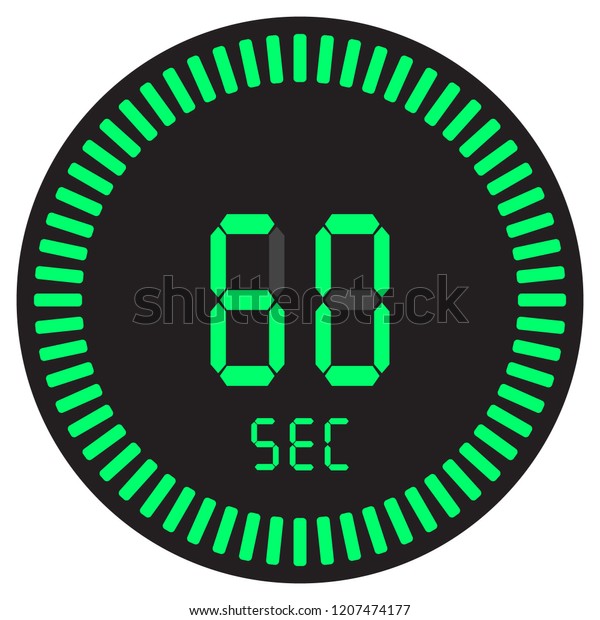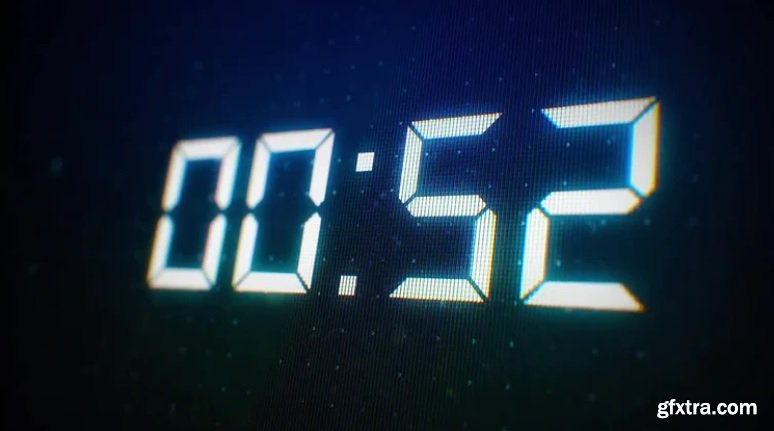
DateTimeDisplay: A reusable presentational component to show the number of days, hours, minutes, and seconds along with its labels.ShowCount: A component to show the countdown count for days, hours, minutes, and seconds.CountdownTimer: A parent component that conditionally renders the countdown or the expiry notice.So, we can separate the responsibilities into the following components, It shows an expiry notice when the countdown expires. The application has a user interface to show the countdown numbers.

Please note how we can identify and mark the components. Here goes the design and component breakdown of the countdown application.

The image below shows a working example of the app. Once the date and time expire, it will show an expiry notice. We will create a countdown timer that will allow us to set an initial date and time to start the countdown. What could be better than learning it by developing a small but practical application? This article aims to explain the usages of the custom hook in a beginner-friendly manner. However, the practice of writing custom hooks seems to be a bit lesser.

Web developers widely use React's standard hooks like useState, useEffect to manage state within the components.
#App for 60 seconds timer code
With the inclusion of functional components and hooks, it is even more potent in reusability, better code organization, and data flow. React(aka ReactJS) is a library that builds declarative and component-based user interfaces.


 0 kommentar(er)
0 kommentar(er)
